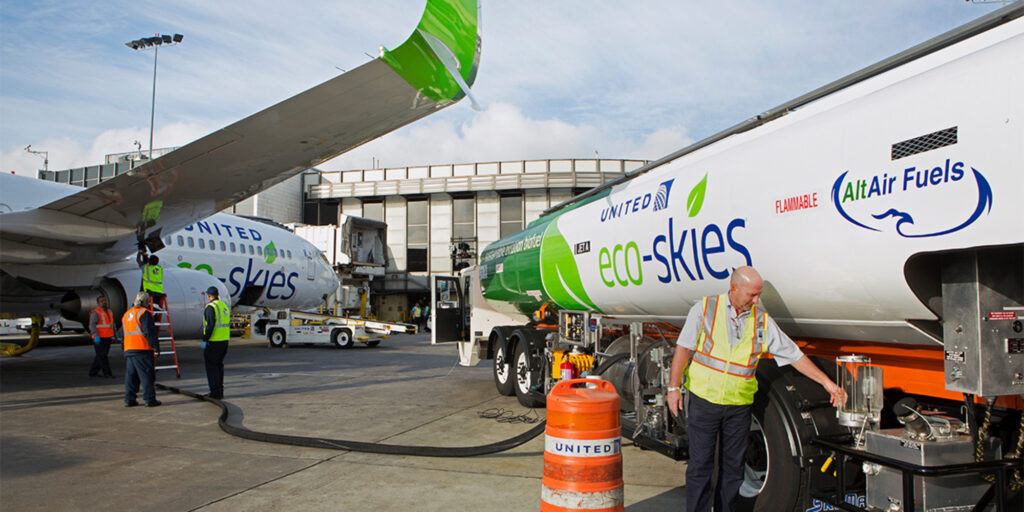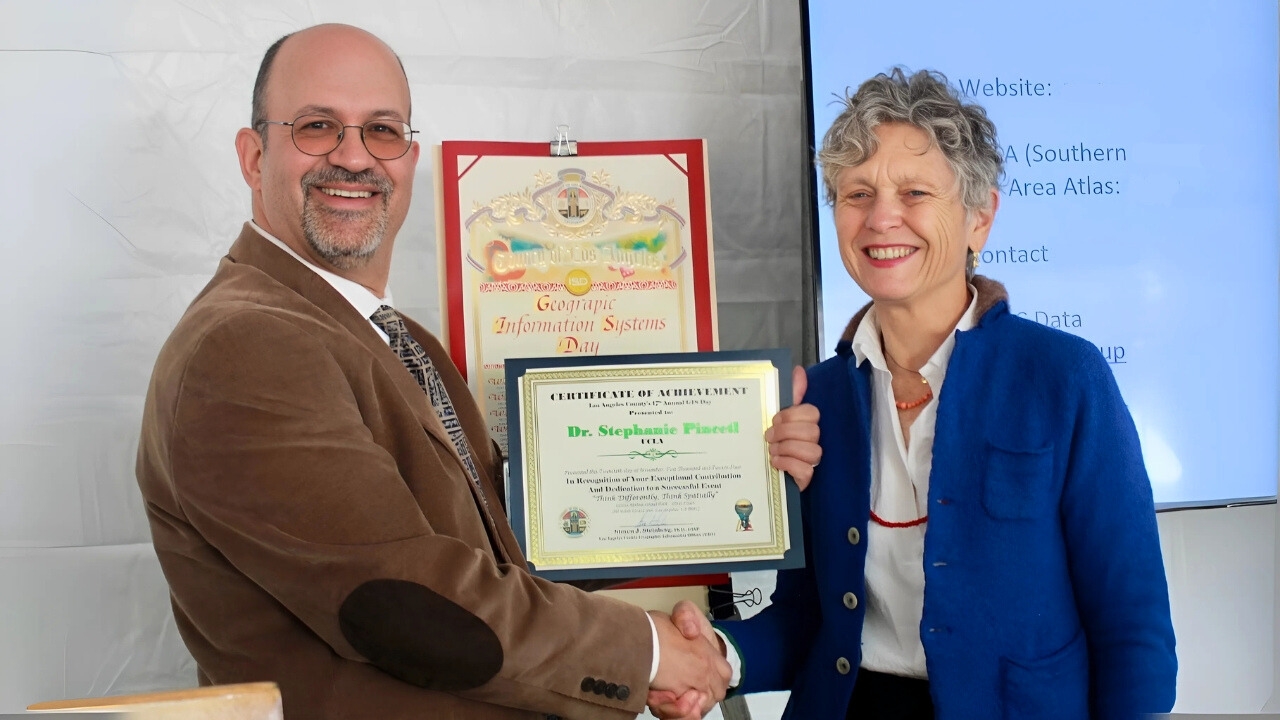
Converting waste, ‘a leftover resource,’ to biofuels reduces emissions
UCLA study reveals how the U.S. can maximize benefits of waste-derived fuels
The United States could produce enough energy each year by harnessing waste — from landfill refuse to cow manure — to power the states of Oregon and Washington, all while cutting the equivalent of 37 million cars’ worth of carbon.
That’s according to research published in Nature Energy from UCLA industrial ecologist and energy economist Deepak Rajagopal and urban planning doctoral candidate Bo Liu.
“The benefit of using waste is that we are generating waste anyway. It is a leftover resource that we have not conventionally thought about,” Liu said.
The types of waste examined in the paper fit under the umbrella of bioenergy — renewable resources that are obtained from converting plant and animal material into electricity, biofuels or heat. While the U.S. doesn’t produce energy from waste on a large scale, Liu said, the processes for obtaining energy from organic materials are well established. European waste-to-energy plants, for example, processed 106 million tons of waste in 2017, according to the Confederation of European Waste-to-Energy Plants.
Biofuel is one type of bioenergy that is widely produced in the U.S. — almost all of it coming from agricultural crops. In 2011, 96% of the ethanol produced in the U.S. came from corn, according to the Biomass Energy Data Book.
Policymakers and business interests have promoted biofuels from crops for decades. In 2005, Congress passed standards that require incorporation of renewable fuels in gasoline and other transportation fuels. The U.S. also spent billions of taxpayer dollars subsidizing ethanol over the past 35 years.
But crop-based ethanol creates other problems — including increased food prices and environmental damage from expanding agriculture, such as habitat destruction, fertilizer runoff and water use. These effects have led some experts to call for reducing its use.
“The U.S. has tried biofuels, and they are important because we need more renewables, but we need better biofuels,” Rajagopal said.
Using waste as a source instead could prove a sustainable alternative for future industry growth. However, not all waste biofuels are created equal. Benefits vary depending on what kind of waste is used, how it gets processed, what the end products are and where they’re produced. Rajagopal and Liu examined this variability by conducting life cycle analyses, or examinations of products from creation to end of life, of four types of waste: agricultural, forestry, landfill and cow manure.
The study encompassed 15 energy conversion technologies and 29 waste types. In their analysis, the researchers combined existing data from the literature on waste conversion technologies with local waste availability from base-year estimates and electricity portfolios to determine relative energy gains and emissions reductions.
Because burning of bioenergy products themselves produces greenhouse gas emissions, the ability of bioenergy to reduce overall greenhouse gases is tied to the energy replaced, making local context important. The greenhouse gas savings from use of bioenergy to produce electricity, for instance, would be greater in areas where electricity comes from carbon-based fuels like coal, as opposed to areas that generate a lot of solar and wind power.
Overall, the study found that the U.S. has the potential to generate 3.1 to 3.8 exajoules (a measure of energy) of renewable energy each year using available waste resources. By comparison, the entire states of Washington and Oregon consumed about 3.3 exajoules of energy in 2017, according to the Energy Information Agency. The study also concluded that using waste products has the potential to displace 103 to 178 million metric tons of carbon dioxide emissions — an amount equivalent to taking 37 million passenger vehicles off the road based on typical passenger vehicle emissions of 4.6 metric tons of carbon dioxide each year.
A key finding was that no one method of bioenergy production maximizes net energy gain, renewable energy gain and climate benefits. Some create more renewable energy, but require more energy to do so, resulting in less overall greenhouse gas emissions savings. Thus, identifying the optimal bioenergy application in any situation depends on the intended outcome.
Policies based purely on meeting renewable energy targets, such as Congress’s requirement of biofuels at gas pumps, may not produce optimal results, the study found. Instead, Rajagopal said, policymakers should work to clarify interests. Maximizing use of renewables may promote energy independence, but cutting the maximum amount of greenhouse gas emissions is a more effective way to counter climate change, he said.
Biofuels should not be limited to any one application, with potential transportation applications ranging from cars and trucks to planes and ships, Rajagopal said. Diversification is key.
Other forms of renewable energy, such as solar and wind, provide choices for electricity generation, but large-scale transportation sectors will still need burnable fuels for the foreseeable future.
Airlines have already begun to explore biofuel alternatives. In 2016, United Airlines and jet fuel company AltAir spearheaded commercial deployment of waste biofuels for aviation, using a mix of alternative jet and conventional fuels.
Studies have found that aviation, shipping and trucking account for about 8% of carbon emissions globally. In these industries, Rajagopal said, a simple mandate requiring biofuel integration into fuel mixes could be effective because it would encourage further development of large-scale biofuel technologies.
“In all these applications electric vehicle technology is still not there. Electric batteries are still not there,” Rajagopal said. “So we still need alternatives to oil. I think there is a role there for biofuels if you do it right.”
Top Image: United Airlines and AltAir Fuels. | Photo courtesy United Airlines.
Published:



